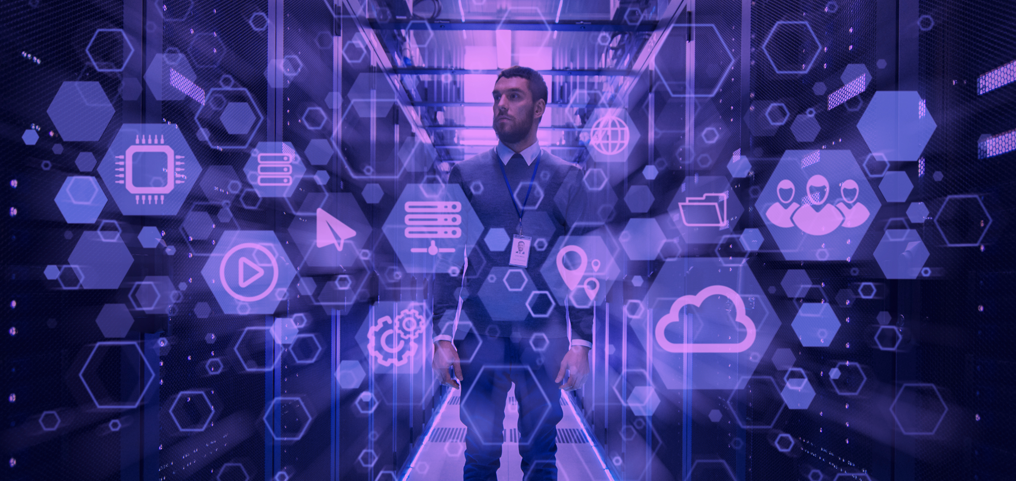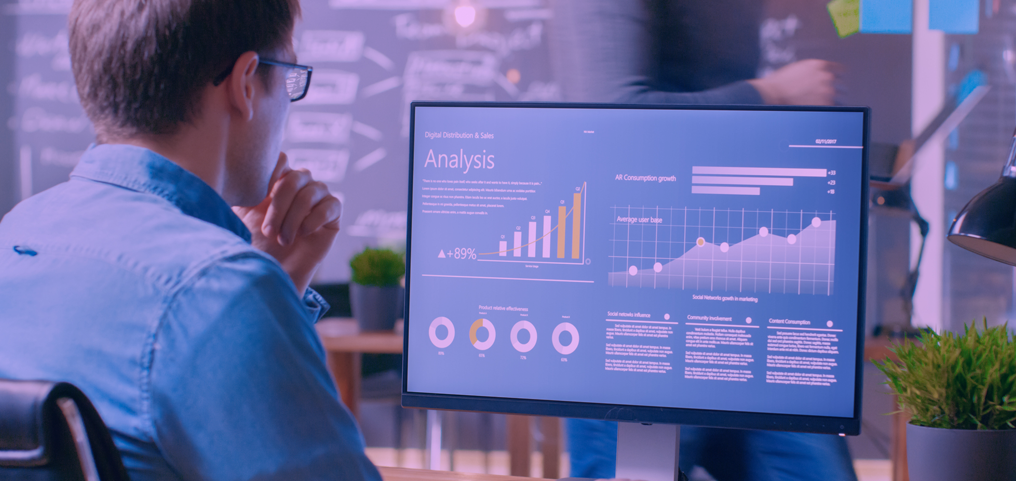news
Automation in Transportation: Revolutionizing Food Logistics
Author: Anthony Michael, Director - Location Intelligence Practice
As these autonomous wonders hit the roads, they bring a tidal wave of opportunities and challenges, promising a thrilling ride into the future of transportation.
The transportation industry is undergoing a radical transformation driven by automation, and it's nothing short of exhilarating. Picture this: by 2026, the global autonomous vehicle market is predicted to soar to $556.67 billion, with an annual growth rate of 39.47% since 2019, according to Allied Market Research. This explosive growth isn't just a statistic; it's a seismic shift that's set to revolutionize the industry. We're talking about a future where efficiency is turbocharged, safety is a given, and sustainability isn't just a buzzword but a way of life. As these autonomous wonders hit the roads, they bring a tidal wave of opportunities and challenges, promising a thrilling ride into the future of transportation.
The growing impact of automation on transportation
Automation in transportation is no longer a futuristic dream but a present-day reality with far-reaching implications. It spans a spectrum of technologies, from autonomous vehicles and drones to advanced robotics and artificial intelligence (AI). These innovations are turning the traditional transportation model on its head, offering substantial benefits across various sectors, including food logistics.
One of the standout advantages of automation in transportation is the dramatic boost in efficiency. Autonomous vehicles, for example, can operate 24/7 without needing breaks, slashing delivery times and operational costs. In the food logistics sector, where timely delivery is critical to maintaining the freshness and quality of perishable goods, this can be a total game-changer.
Moreover, automation ramps up safety by cutting down on human error, a leading cause of accidents. Autonomous systems are loaded with advanced sensors and AI algorithms that enable them to navigate complex environments, detect obstacles, and make split-second decisions, thereby minimizing the risk of collisions.
Sustainable transportation and food logistics
Sustainability is another crucial area where automation is making a significant impact. The transportation sector is a major contributor to greenhouse gas emissions, and there's an urgent need for greener solutions. Automated electric vehicles (EVs) and drones offer a promising way forward by reducing reliance on fossil fuels and cutting carbon emissions.
In the food logistics arena, sustainable practices are becoming increasingly important. Consumers are more aware of the environmental impact of their food choices, and companies are under pressure to adopt greener practices. Automation can help meet these demands by optimizing routes, reducing idle times, and ensuring more efficient use of resources.
Use cases of automation in transportation
Autonomous delivery vehicles. Companies are already testing autonomous delivery vehicles for last-mile deliveries. Amazon's Scout, a small autonomous delivery robot, has been making rounds in several U.S. cities, navigating sidewalks to deliver packages. UPS partnered with Waymo to test autonomous delivery vans, aiming to boost delivery efficiency and cut costs. In the food logistics sector, this technology can ensure faster delivery of perishable goods, maintaining their quality and extending shelf life.
Robotic warehousing. Automated warehousing solutions use robots to manage inventory, pick and pack orders, and streamline the supply chain. These systems not only enhance efficiency but also reduce the need for manual labor, which can be both costly and error-prone. For food logistics companies, robotic warehousing ensures that products are stored and handled in optimal conditions, preserving their freshness.
Drone deliveries. Drones are emerging as a viable option for delivering goods, especially in remote or hard-to-reach areas. These drones can deliver small packages, such as food and medical supplies, within minutes, bypassing traffic and slashing delivery times.
Impacts and challenges of automation in transportation
Automation brings a host of benefits, but it also presents challenges that must be navigated:
-
Regulatory frameworks. Developing comprehensive regulatory frameworks for autonomous vehicles and drones is essential to ensure safety, security, and ethical use. Policymakers face the challenge of harmonizing international standards while accommodating technological advancements and balancing innovation with public safety and consumer protection.
-
Workforce displacement. Automation may lead to job displacement in traditional transportation and logistics roles, necessitating retraining and reskilling programs. The transition to automated systems requires workforce adaptation to new skill sets, including data analysis, cybersecurity, and AI-driven technologies, ensuring workforce resilience and economic inclusivity.
-
Cybersecurity risks. Autonomous systems are vulnerable to cybersecurity threats, requiring robust cybersecurity measures to protect data and operations. The proliferation of connected devices and IoT integration increases susceptibility to cyberattacks, necessitating continuous monitoring, threat detection, and cybersecurity protocols to safeguard autonomous transportation networks.
Despite the challenges, many of these hurdles can be overcome through proactive measures and technological advancements. Regulatory frameworks can evolve to accommodate new technologies, ensuring that safety and ethical standards are maintained. Workforce displacement can be mitigated through targeted education and training programs that prepare workers for roles in the digital economy. Enhanced cybersecurity measures can safeguard autonomous systems against potential threats, ensuring the integrity and reliability of automated transportation solutions.
The road ahead
The future of automation in transportation is brimming with potential. Cutting-edge technologies like self-driving trucks, powered by advancements in AI and machine learning, promise to revolutionize logistics with greater efficiency, safety, and sustainability. Companies are already testing autonomous trucks for long-haul deliveries, aiming to optimize transportation. Furthermore, the integration of automation with the Internet of Things (IoT) and blockchain can create a more connected and transparent supply chain. This exciting landscape paves the way for a future where automation shapes a more efficient and sustainable transportation ecosystem. Buckle up, as the ride ahead promises extraordinary transformations in the way we move goods and people.
more news
let's connect
We help you embrace change by creating newer ways to work or optimising existing processes.
let's connect

